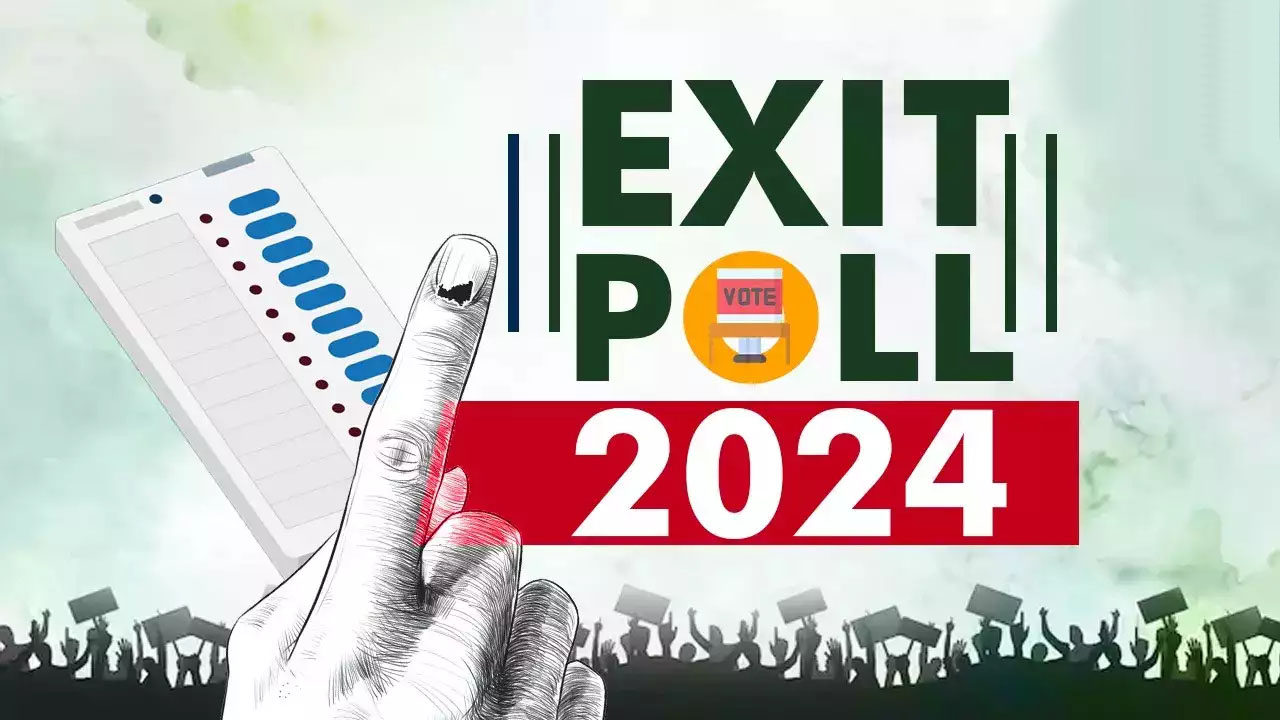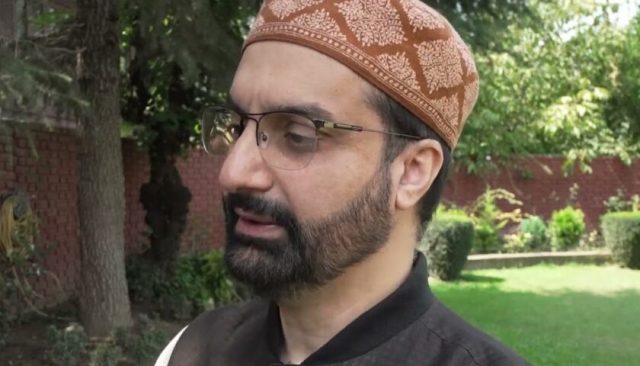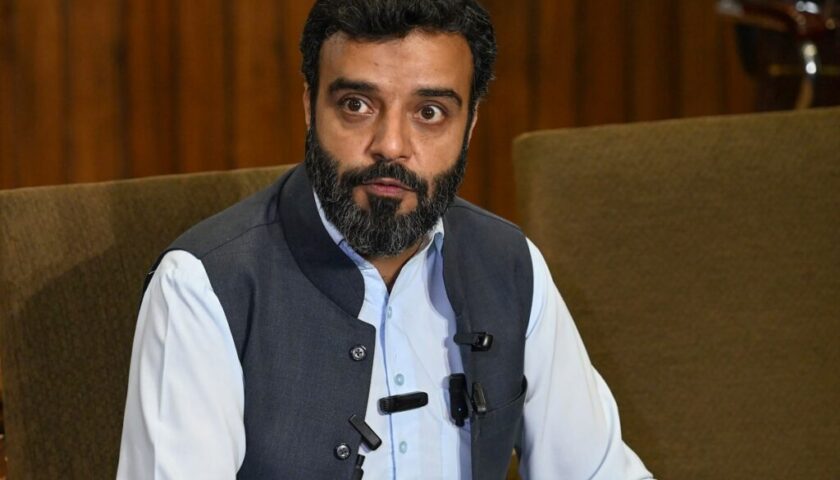Exit Poll Results for Jammu & Kashmir 2024: A Close Political Contest
By: Javid Amin
The political landscape of Jammu and Kashmir (J&K) is once again at the center of national attention as the 2024 exit poll results reveal a closely contested election. With India’s Union Territory of J&K undergoing its most significant political developments post the abrogation of Article 370 in 2019, the stakes have never been higher. The elections this year are not only a test of the region’s changing dynamics but also a crucial reflection of public sentiment across various political factions.
The exit polls suggest a fragmented verdict with no single party emerging as a clear winner. National parties, regional players, and independents all play a vital role in shaping the outcome, making it a fascinating yet unpredictable political scenario. In this in-depth analysis, we’ll break down the results, look at the major parties involved, explore the key issues that dominated the election, and assess the potential political implications for Jammu and Kashmir as well as the national level.
Exit Poll Overview: The Numbers Speak Volumes
The 2024 exit polls for Jammu and Kashmir present a tightly contested race, with several political parties fighting for dominance in the politically volatile region. According to the latest projections:
- India: 42 seats
- NC (National Conference): 30 seats
- INC (Indian National Congress): 11 seats
- CPI(M) (Communist Party of India, Marxist): 1 seat
- BJP (Bharatiya Janata Party): 28 seats
- PDP (People’s Democratic Party): 10 seats
- Apni Party: 3 seats
- AIP (Awami Ittehad Party): 2 seats
- JKPC (Jammu & Kashmir People’s Conference): 3 seats
- Independents: 2 seats
The figures reflect a diverse political arena where regional parties, independents, and national players are vying for control of Jammu and Kashmir’s political future. Here’s a deeper look into each major political entity and their performance as per the exit poll projections.
The Bharatiya Janata Party (BJP): Holding Ground but Falling Short
The Bharatiya Janata Party (BJP), led by Prime Minister Narendra Modi at the national level, has made significant inroads into the region, particularly after the abrogation of Article 370. The decision to revoke J&K’s special status was a landmark move by the central government, aimed at integrating the region more closely with the rest of India. Despite its controversial nature, this decision bolstered BJP’s support base in the Jammu region, traditionally seen as its stronghold.
The BJP’s projection of 28 seats is a testament to its continued dominance in Jammu, but it falls short of an absolute majority. While the party has gained substantial support, the fragmentation of votes and the presence of strong regional contenders prevent it from clinching total control. The BJP’s focus during the campaign was on development, national security, and its role in restoring normalcy in the post-Article 370 era. However, the complex political fabric of Kashmir, where local issues dominate, has limited its reach beyond Jammu.
Key Factors Influencing BJP’s Performance:
- Article 370: While abrogation was celebrated in Jammu, it remains a contentious issue in the Kashmir Valley. The party’s position on this has polarized voters.
- Development Promises: The BJP campaigned heavily on promises of infrastructure development, job creation, and economic growth, particularly in the Jammu region.
- Security: National security and anti-terrorism efforts have been key talking points, aimed at capitalizing on the BJP’s strong nationalistic image.
National Conference (NC): A Shrinking Stronghold
The National Conference (NC), traditionally a dominant force in the politics of Jammu and Kashmir, has faced tough challenges in this election cycle. Projected to win 30 seats, NC’s influence appears to be waning, particularly in the face of rising competition from both national and regional parties. Led by Farooq Abdullah and his son Omar Abdullah, the party has struggled to regain the prominence it once held before the bifurcation of the state and the removal of Article 370.
Key Factors Influencing NC’s Performance:
- Resistance to Article 370 Revocation: The NC has positioned itself as a fierce critic of the central government’s decision to revoke J&K’s special status. However, this stance has not resonated as effectively with a significant portion of the electorate.
- Legacy Politics: While the Abdullah family has a long-standing political legacy in Kashmir, the electorate appears to be seeking new leadership and solutions to their issues.
- Youth Disillusionment: Many younger voters feel disconnected from NC’s traditional brand of politics, viewing it as part of the old guard that failed to bring substantive change.
Indian National Congress (INC): A Surprising Resurgence
The Indian National Congress (INC), with a projection of 11 seats, has shown a surprising resurgence in Jammu and Kashmir’s political landscape. The party, which has traditionally played a secondary role in the region’s politics, seems to have capitalized on the dissatisfaction with both the BJP’s policies and the regional parties’ handling of local issues. Led by national figures like Rahul Gandhi and Priyanka Gandhi, Congress focused on a platform of economic development, employment, and restoring the pre-2019 political framework.
Key Factors Influencing INC’s Performance:
- Alliance Building: The Congress’ ability to build alliances with smaller regional parties and its appeal to minority communities have strengthened its foothold in both the Jammu and Kashmir regions.
- Pro-Peace Campaign: The Congress has presented itself as a party focused on reconciliation, dialogue, and restoring peace in the region, which has resonated with a significant section of voters tired of prolonged conflict and instability.
- Economic Concerns: Congress effectively highlighted the economic struggles faced by ordinary Kashmiris, criticizing the BJP’s handling of unemployment, inflation, and rural distress.
People’s Democratic Party (PDP): Struggling for Relevance
Once a powerful player in the region, the People’s Democratic Party (PDP), led by Mehbooba Mufti, has been projected to win 10 seats. Though this shows a notable presence, the party’s influence has diminished compared to previous elections. The PDP, which once ruled J&K in alliance with the BJP, has faced challenges in re-establishing itself as a major political force, especially after the collapse of the coalition government in 2018.
Key Factors Influencing PDP’s Performance:
- Opposition to BJP: The PDP has positioned itself as a staunch opponent of the BJP, especially after their alliance ended. However, this narrative alone has not been sufficient to sway large segments of the electorate.
- Internal Struggles: The party has faced internal dissent and leadership challenges, which have weakened its organizational strength.
- Loss of Trust: Many voters, particularly in the Valley, have expressed disillusionment with PDP’s previous alliance with the BJP, which they view as a betrayal of the party’s core principles.
Smaller Parties and Independents: The Role of Kingmakers?
Parties like the Apni Party, Awami Ittehad Party (AIP), and Jammu & Kashmir People’s Conference (JKPC) have made significant strides, particularly in the Kashmir Valley. With Apni Party winning 3 seats, AIP securing 2 seats, and JKPC capturing 3 seats, these smaller parties and independents could play a pivotal role in the formation of the next government.
Key Factors Influencing Their Performance:
- Localized Appeal: These parties have successfully focused on hyper-local issues that resonate with specific constituencies, such as employment, education, and development.
- Alternative Leadership: Many voters, particularly the younger generation, are seeking alternatives to the established political dynasties and larger national parties, viewing these smaller parties as more in tune with their aspirations.
Key Issues That Dominated the 2024 Election
The 2024 elections in Jammu and Kashmir were shaped by several pressing issues:
1. Article 370 and Special Status
The revocation of Article 370 continues to be a deeply polarizing issue. While the BJP’s base in Jammu largely supports the move, voters in the Valley remain deeply critical, viewing it as an erosion of their political autonomy.
2. Unemployment
The region continues to grapple with high unemployment rates, particularly among the youth. This has been a key issue for all parties, with promises of job creation dominating the campaign rhetoric.
3. Security and Militancy
National security remains a concern, with the BJP campaigning heavily on its anti-terrorism efforts. However, the opposition has accused the government of using heavy-handed tactics that exacerbate tensions in the Valley.
4. Development and Infrastructure
Infrastructure development, particularly in rural areas, has been a central issue, with promises of improved roads, healthcare, and education playing a significant role in voters’ decision-making.
5. Regional Identity
The issue of regional identity and preserving Kashmir’s unique cultural heritage has also played a key role, with many parties advocating for the restoration of statehood and political autonomy.
The Path Ahead: What Do These Results Mean for Jammu & Kashmir?
The exit polls suggest that no single party has secured a clear mandate, setting the stage for coalition negotiations and political maneuvering. The BJP remains a dominant force but will likely need support from regional parties or independents to form a government. On the other hand, the Congress, NC, and PDP will look to build alliances that can challenge the BJP’s ascendancy, particularly in the Valley.
This election will also have broader implications for India’s national politics. Jammu and Kashmir remains a critical region for the central government, and the outcome of these elections will be closely watched by political observers across the country.
As coalition talks begin, the region’s political future hangs in the balance, with the potential for significant shifts in governance and policy direction.




